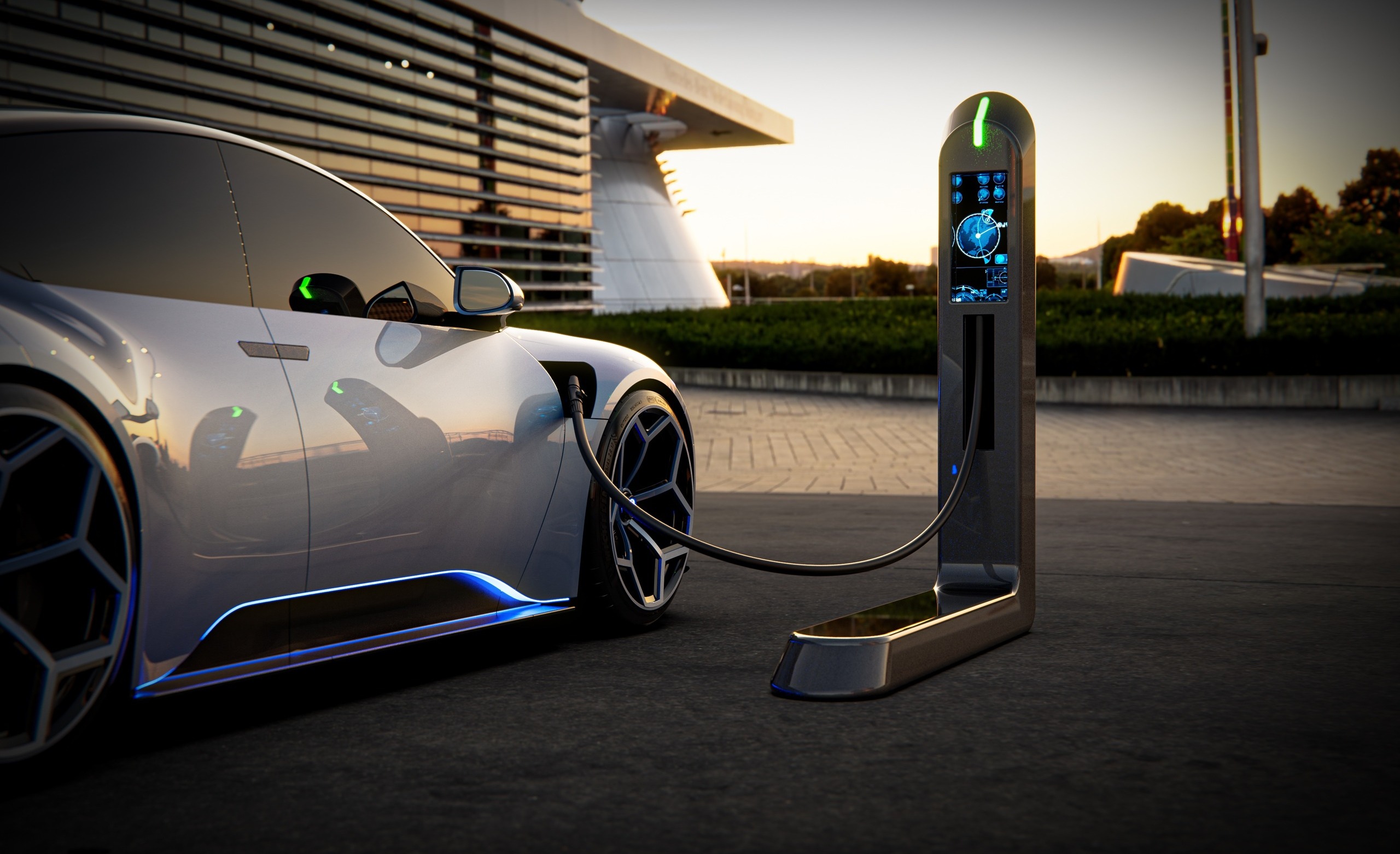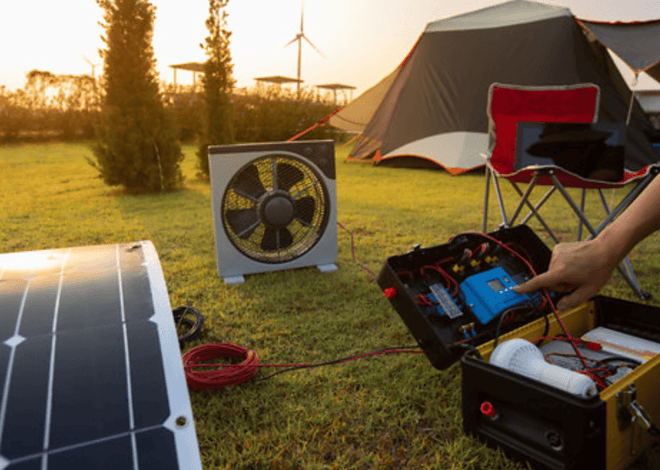
How To Build Your Own Electric Vehicle
Welcome to our comprehensive guide on how to build your own electric vehicle. Electric vehicles (EVs) are rapidly changing the landscape of transportation. As more people become aware of their environmental impact, interest in EVs continues to surge.
But why just buy an electric vehicle when you can build your own? Imagine cruising with a custom-made ride that not only reflects your personality but also contributes to a greener planet. Building your own electric vehicle is more than just a project—it’s an adventure into innovation and sustainability.
Whether you’re an automotive enthusiast or simply curious about green technology, this guide will take you through the essentials of creating something unique and eco-friendly. Are you ready to embark on this exciting journey? Let’s dive into how you can transform traditional driving into something extraordinary!
The Increasing Popularity of Electric Vehicles
The rise of electric vehicles is hard to ignore. With climate change concerns at the forefront, consumers are increasingly seeking sustainable alternatives. EVs offer a way to reduce carbon footprints while enjoying modern technology. Automakers are responding by ramping up production and expanding their electric lineups.
From compact cars to trucks, there’s now an option for everyone. This surge in variety appeals to different lifestyles and preferences. Government incentives also play a role in this trend. Tax credits and rebates make owning an EV more accessible than ever before. Many cities even provide perks like free parking or access to carpool lanes.
Public charging infrastructure continues to improve as well, alleviating range anxiety for potential buyers. As convenience increases, so does consumer confidence in making the switch from traditional gasoline-powered vehicles. The momentum behind electric vehicles is undeniable, reshaping how we think about transportation today.
Benefits of Owning an Electric Vehicle
Owning an electric vehicle (EV) offers a range of benefits that extend beyond just eco-friendliness. The most notable advantage is the significant reduction in fuel costs. With rising gas prices, many owners find they save money by charging their vehicles at home. Maintenance is another point in favor of EVs.
They have fewer moving parts compared to traditional cars, which means less wear and tear over time. Owners often enjoy lower maintenance bills due to this simplicity. Tax incentives are also appealing for potential buyers. Many governments provide financial breaks or rebates when purchasing EVs, making them more affordable upfront.
Furthermore, driving an electric vehicle contributes to cleaner air and reduced noise pollution, enhancing urban living conditions. As cities become more congested, quieter streets can significantly improve residents’ quality of life while promoting sustainability efforts worldwide.
Understanding the Basics of Electric Vehicles
Electric vehicles (EVs) represent a significant shift in transportation technology. At their core, they rely on electric motors rather than internal combustion engines. This fundamental difference leads to a range of benefits.
Most EVs use rechargeable batteries that store electricity for propulsion. These batteries are usually lithium-ion types, known for their efficiency and longevity. They can be charged at home or at public charging stations.
Understanding the components is essential. An EV typically includes an electric motor, battery pack, power electronics, and regenerative braking systems. Regenerative braking captures energy during deceleration, improving overall efficiency.
Another critical aspect is the vehicle’s range—the distance it can travel on a single charge varies by model and driving conditions. Factors like speed, terrain, and climate influence how far you can go before needing to recharge your battery.
The rise of EVs has sparked interest in sustainability as they produce zero tailpipe emissions while reducing our reliance on fossil fuels.
Steps to Building Your Own Electric Vehicle
Building your own electric vehicle can seem daunting, but by following a few key steps, it becomes manageable and rewarding.
#1. Choose the Type of Vehicle to Convert
Choosing the right vehicle to convert into an electric model is crucial. Think about your driving needs and lifestyle. Do you need a compact car for city commuting, or perhaps a larger vehicle for family trips?
Popular options include classic cars that can be restored with modern technology. They not only give you a unique ride but also turn heads on the street. Alternatively, consider older models of trucks or vans if you require more cargo space.
Evaluate the weight and aerodynamics of potential vehicles as well. Lighter cars generally perform better when converted to electric due to improved efficiency.
Research any existing conversion kits available for specific models. Some vehicles have established communities and resources that can guide your build process smoothly. The right choice will set the stage for an enjoyable project ahead!
#2. Gather Necessary Materials and Tools
Before diving into your electric vehicle project, gathering the right materials and tools is crucial. Start with an electric motor that suits your desired power output. Look for options like AC or DC motors depending on your needs.
Next, you’ll need a reliable battery pack. Lithium-ion batteries are popular for their efficiency and longevity. Ensure they fit well within the design of your chosen vehicle. Don’t forget about wiring harnesses to connect all components securely.
This includes connectors, fuses, and switches to manage electrical flow safely. Essential tools include wrenches, screwdrivers, pliers, and possibly a welding machine if you’re looking at custom frames or mounts. A multimeter will help in diagnosing any electrical issues during assembly.
Having these materials ready can streamline the building process significantly. Prepare yourself for some hands-on work; it’s part of the fun!
Consider investing in a jack or lift for easier access under your vehicle. With these materials and tools ready, you’re set to embark on an exciting journey of building your own electric vehicle!
#3. Remove the Internal Combustion Engine
Removing the internal combustion engine is a crucial step in your electric vehicle conversion journey. Start by ensuring that you have all necessary safety gear, including gloves and goggles.
Begin by disconnecting the battery and draining any fluids from the engine. This minimizes spills and makes for a cleaner workspace.
Next, locate all connections linked to the engine, such as fuel lines, electrical wires, and exhaust components. Carefully detach these elements while keeping track of what fits where; labeling can save time later.
Once everything is disconnected, use an engine hoist or crane to lift out the engine. It’s often heavier than it looks! Take your time during this process—rushing could lead to injuries or damage.
After extraction, inspect surrounding areas for any hidden components that need attention before you proceed with installing your new electric motor.
#4. Install an Electric Motor and Battery Pack
Installing an electric motor and battery pack is a crucial step in your EV conversion journey. Start by selecting a suitable electric motor that fits the requirements of your chosen vehicle. You’ll find various options, from AC motors to DC motors, each with specific benefits.
Next, ensure the mounting location for the motor is secure. You may need custom brackets or adapters depending on your vehicle’s original design. Precision here guarantees optimal performance.
When it comes to the battery pack, choose one that offers sufficient range without adding excessive weight. Lithium-ion batteries are popular for their efficiency and longevity.
Connect the battery terminals carefully, ensuring proper polarity to avoid damage. Utilize high-quality wiring and connectors to maintain safety and performance standards throughout your setup process.
Once everything is in place, take time to double-check all connections before moving forward with testing your newly built system. This attention to detail can save you headaches down the road.
#5. Connect All Components and Test the Vehicle
Once you’ve installed the electric motor and battery pack, it’s time to connect all components. This is where your careful planning comes into play. Ensure every wire is correctly connected according to your schematic.
Double-check connections for secure fits. Loose wires can lead to performance issues or even safety hazards later on. Use heat shrink tubing or electrical tape to safeguard exposed areas.
After everything is wired up, it’s testing time! Start by checking the system without powering the vehicle completely. Look for any unusual sounds or smells that could indicate a problem.
When you’re ready, power it up and take it for a slow test drive in a safe area. Monitor how well the components work together under real conditions. Listen closely; adjustments may be necessary if something doesn’t feel right during your initial runs.
Tips for a Successful Build
Start with a clear plan to guide your project. Sketch out the design, layout, and components you need. A visual roadmap makes it easier to stay on track. Research is vital. Familiarize yourself with electric vehicle technology and common conversion techniques.
Online forums can provide valuable insights from others who have walked this path. Don’t rush through any step. Precision in measurements and connections ensures better efficiency later on. Every detail counts when integrating electrical systems.
Keep safety at the forefront. Wear protective gear while working, especially when handling batteries or wiring. This precaution prevents accidents during construction. Document your progress as you go along. Take notes and photos of each stage for reference later; this can help troubleshoot issues or serve as inspiration for future projects.
Be patient with yourself throughout the process—building an electric vehicle is not just a task but also a rewarding learning experience.
Maintenance and Safety Considerations
Regular maintenance is crucial for the longevity of your electric vehicle. Unlike traditional cars, EVs have fewer moving parts. However, you still need to check battery health and connections frequently. Safety should always be a priority.
Ensure all electrical components are properly insulated to avoid short circuits. Use protective gear when working with batteries, as they can pose hazards if mishandled. Keep an eye on tire pressure and brake systems too. While these may seem minor, neglecting them can lead to serious issues down the line.
It’s also wise to familiarize yourself with local regulations regarding electric vehicles. Compliance ensures your build remains roadworthy and safe for everyday use. Consider enrolling in workshops or online courses focused on EV maintenance techniques. Staying informed will empower you and enhance safety measures during repairs or upgrades.
Cost Comparison: Building vs Buying an Electric Vehicle
When considering how to build your own electric vehicle, cost is a crucial factor. Building an EV can often be cheaper than buying one outright. DIY enthusiasts can save money by sourcing parts and using existing components from older vehicles.
However, the initial investment in materials and tools should not be overlooked. Depending on the type of vehicle you choose to convert, costs for motors, batteries, and other essential elements can add up quickly.
On the other hand, purchasing a ready-made electric vehicle comes with its advantages. You receive warranties, support services, and sometimes even government incentives that help offset costs.
Additionally, built-in technology like advanced safety features may not be as easily replicated in a custom build. Weighing these factors will guide your decision based on budget constraints and personal preferences.
Future of Electric Vehicles
The future of electric vehicles is bright and full of possibilities. As technology advances, we can expect significant improvements in battery efficiency and charging speed. This will lead to longer ranges and shorter downtime for drivers.
Moreover, the integration of smart technology into EVs is on the rise. Features like autonomous driving, advanced navigation systems, and enhanced connectivity will revolutionize how we interact with our vehicles. Sustainability remains a key focus.
Manufacturers are increasingly adopting eco-friendly materials in vehicle production. The shift toward renewable energy sources for charging stations also aligns with global efforts to combat climate change.
Collaboration between governments and private sectors is crucial as well. Incentives for buyers, investments in infrastructure, and research funding are shaping a more accessible market for everyone.
As public awareness grows about environmental issues, electric vehicles will likely become a mainstream choice rather than just an alternative one. The road ahead promises innovation that could redefine transportation entirely.
Conclusion
Building your own electric vehicle can be a rewarding and educational experience. With the right tools, materials, and knowledge, you can create a unique ride that suits both your style and environmental values. As electric vehicles continue to gain traction in the automotive market, there’s never been a better time to dive into this project.
The process may seem daunting at first, but breaking it down step by step makes it manageable. The satisfaction of converting an internal combustion engine vehicle into an electric one is unmatched. Plus, you’ll save on fuel costs while contributing to sustainability efforts.
As technology advances, more resources are becoming available for DIY enthusiasts looking to build their own EVs. Communities dedicated to electric vehicle conversions provide support and advice along the way.
Whether you’re passionate about engineering or simply want an eco-friendly mode of transportation, building your own electric vehicle is within reach. Embrace the challenge; explore this exciting journey where innovation meets personal expression!



